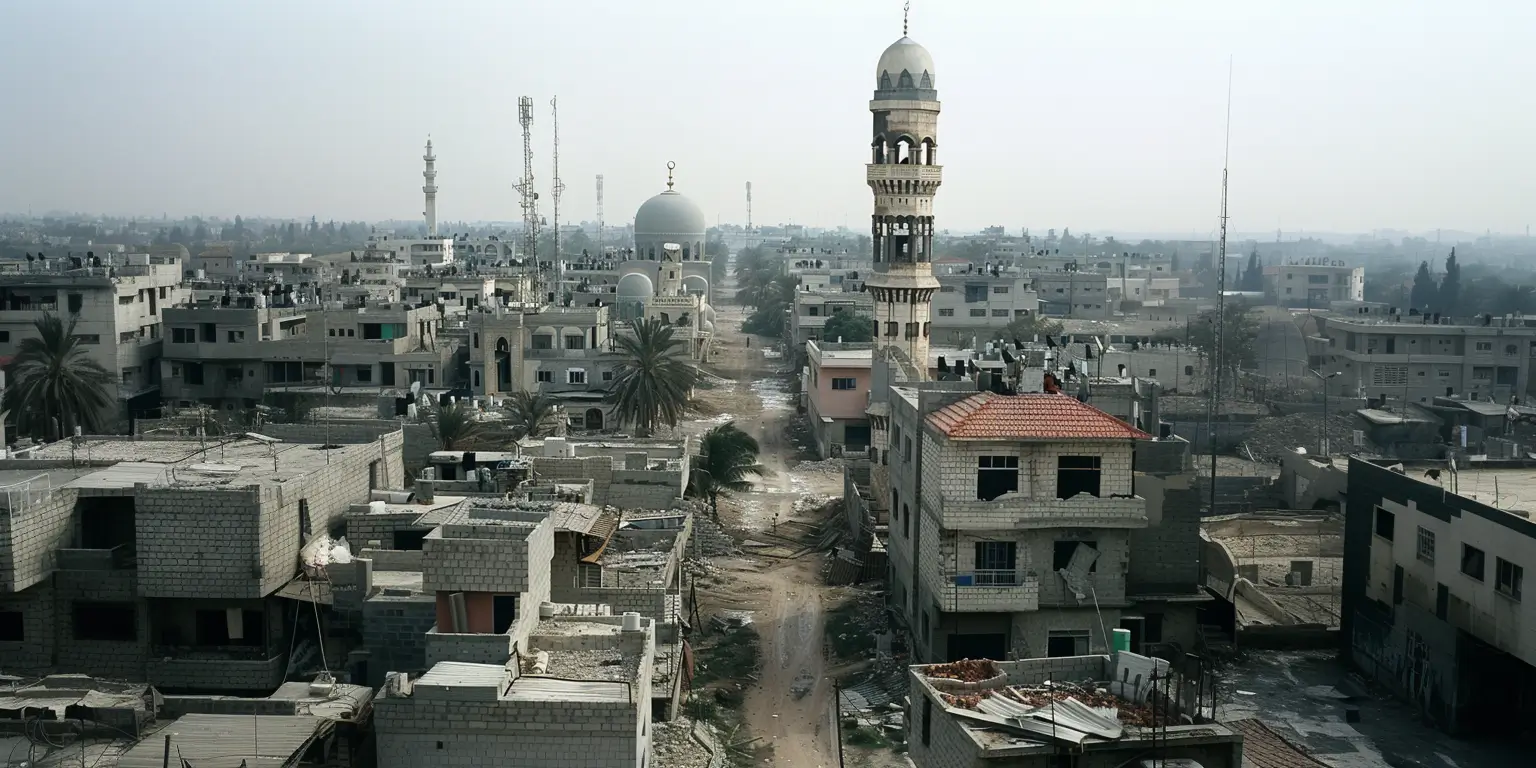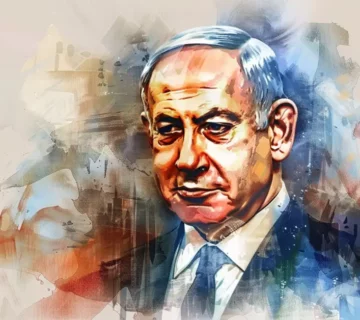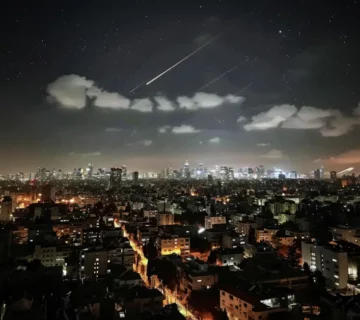Rafah, positioned at the southwest tip of the Gaza Strip on the border with Egypt, is steeped in a tumultuous history and current geopolitical strife. This article delves into the intricate layers of conflict, the humanitarian situation, and the resilient spirit of Rafah’s residents. By examining various facets of life in Rafah, this piece aims to comprehensively understand its challenges and the ongoing crises that impact its population.
Rafah: An Overview of Its Strategic Importance
Rafah’s geographical positioning has made it a significant point for border politics between Egypt and the Gaza Strip. Historically a crossing point, the Rafah Border Crossing has been a focal area for trade, human movement, and, regrettably, conflict.
Historical Background and Strategic Development
The evolution of Rafah from a small border town to a center of geopolitical interest highlights its strategic importance. Understanding its historical transformations helps in grasping the present complexities.
Economic Impact of Border Dynamics
The fluctuations in border regulations and closures have profoundly impacted Rafah’s economy.
Political Influence in Regional Stability
Rafah’s role in regional politics, particularly about the Gaza Strip’s governance and Egypt’s security policies, is critical in the broader Middle East conflict landscape.
The Tunnel Economy: A Lifeline Under Siege
The tunnel network between Rafah and Egypt is a critical but controversial lifeline. It provides goods and services that are unavailable due to blockades. However, it’s important to note that the global community recognizes that these tunnels have also been used for purposes of terrorism and sabotage. This dual-use nature adds to Rafah’s complexity. These underground passages are seen as essential for survival and a security threat.
Rafah’s Role in the Gaza Strip Conflict
Rafah’s involvement in the broader Gaza Strip conflict is multifaceted, encompassing military, humanitarian, and political dimensions. One significant aspect of this complexity is the control exerted by Hamas. It is an organization designated as a terrorist group by several countries, including the United States and the European Union. This control has adversely affected the residents of Rafah in numerous ways. The governance by Hamas has not only perpetuated the conflict but also led to severe restrictions in daily life, economic hardships, and increased military activity that often jeopardizes civilian safety.
Moreover, the presence and operations of Hamas in Rafah have frequently made the city a target for military actions aimed at curbing terrorism and securing the release of abductees, as noted in ongoing IDF operations. The actions taken by the Israeli army are intended to protect the populace from the immediate dangers of military confrontations. It included the evacuation of Rafah’s residents from the battle zone. These measures are also part of efforts to deal with the complex challenges posed by Hamas’ control, aiming to reduce civilian casualties while addressing security concerns related to terrorism and sabotage linked to the tunnel economy.
Military Operations and Security Measures
This subheading delves into the frequent military operations in Rafah, exploring their objectives, outcomes, and the international responses they elicit.
Recent Developments in Military Activity
Many questions arose the day after the operation in Rafah, which began yesterday around 9:30 PM when tanks from Brigade 401 and fighters from the Givati Brigade crossed the Gaza Strip fence towards the Philadelphia Corridor and Rafah. The activity of the IDF must be put into perspective. At this stage, it is a limited operation involving only two brigades operating about 3.5 kilometers from the border. The IDF has also prepared additional forces that can be deployed internally if it is decided to expand the operation. However, it is a concentrated action with limited objectives at this stage.
Humanitarian Efforts and Protective Measures
The Israel Defense Forces (IDF) have instructed residents to evacuate the battle zone. It was done as part of the ongoing military operations in Rafah. This directive is not merely a strategic maneuver but a humanitarian effort aimed at safeguarding civilian lives from the inherent dangers of conflict. According to sources familiar with the situation, these actions are also driven by the objective to locate and rescue abductees, reflecting a commitment to both protect the populace and address the severe concerns of kidnapping in the region. This nuanced approach underscores the IDF’s efforts to balance military objectives with the imperative of minimizing civilian harm.
Conclusion
Rafah remains a city of paradoxes, caught between conflict and hope. Its strategic importance continues to shape its destiny, offering lessons on resilience and the complexities of geopolitical disputes. By understanding the detailed aspects of Rafah’s daily life, strategic importance, and its role in more significant regional conflicts, we gain insights into the challenges and opportunities for this embattled city.




No comment